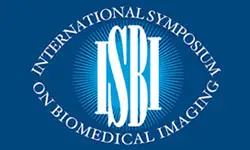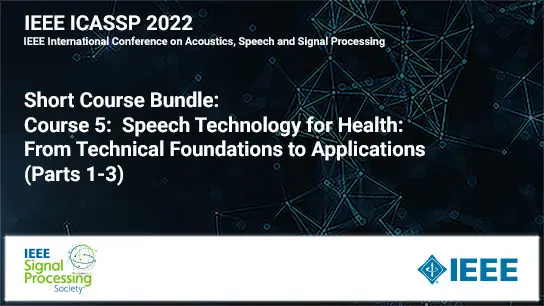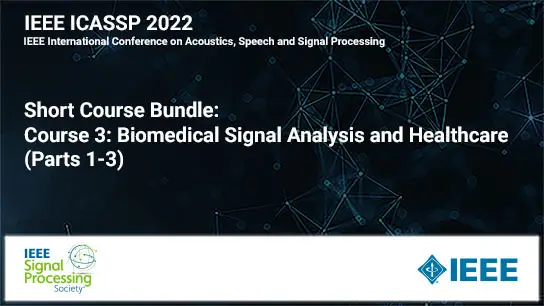Robust Cell Detection With Image Augmentation Targeting Challenges In Immunohistochemistry Image Analysis
Qinle Ba, Xingwei Wang, Jungwon Kim, Jim Martin
-
Members: FreeSPS
IEEE Members: $11.00
Non-members: $15.00Length: 00:03:55
28 Mar 2022
To aid pathologists in diagnosing cancer with immunohistochemistry (IHC) images, various deep-learning models have been developed. Despite their unprecedented performance, these models are susceptible to errors for out-of-distribution samples. Compared with H&E images [1], such a challenge is magnified with IHC images, due to their unique properties: heterogeneous levels of stain intensities, lack of rich texture features to help differentiate cell types and the diversity of stain patterns. Here we investigate three image augmentation techniques with IHC-specific designs to address this challenge and assess their effectiveness on a UNet-based [2] cell detection model (based on dense prediction of cell location & type) for three stains , respectively: Estrogen-receptor (ER) with the chromogen Dabsyl, PDL1 with DAB, and Ki67 with DAB.



